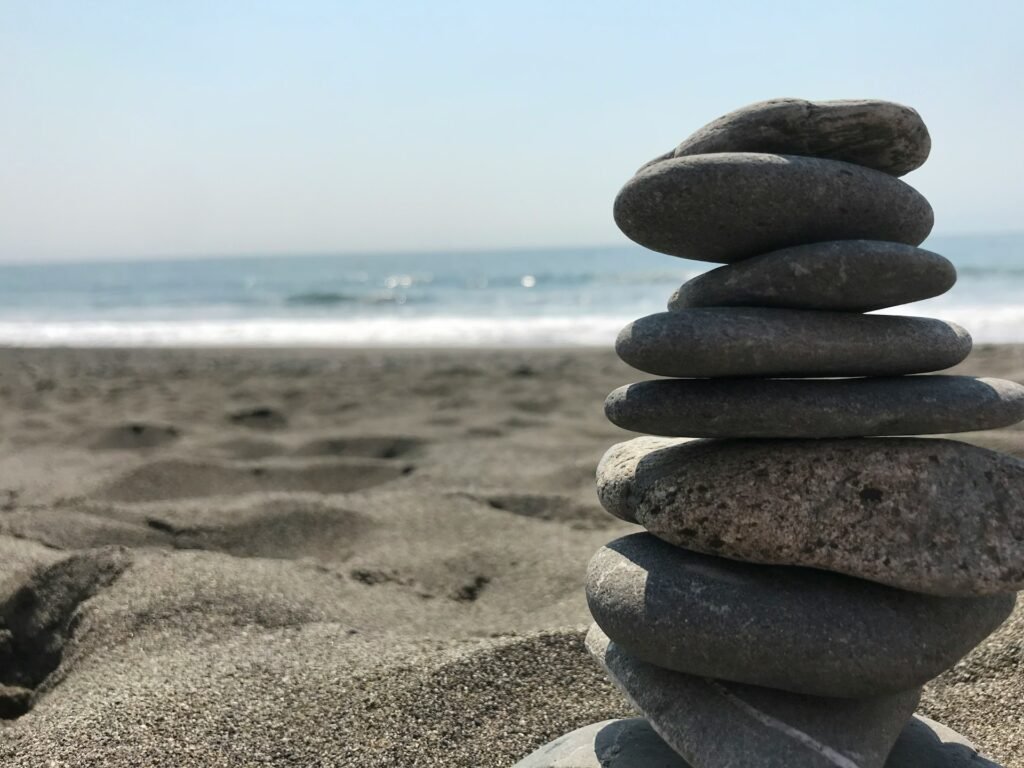Iron and carbon constitute the main components of a steel plate. Iron makes up more than 99 percent of all the elements in steel plates, so it is the most important element in them. In steel plates it gives hardness, strength, and impact toughness. Carbon is a major component controlling the steel plate performance. Usually it runs from 0.08 to 2.0 percent. Just as Why Sleep Is the Foundation” highlights the role of rest in strength, increasing carbon makes steel harder and stronger, but less ductile and weldable. Besides iron and carbon, many other elements are added to steel plates.
Manganese improves steel plate strength and hardness as well as helps to raise corrosion resistance and weldability.
Silicon improves the wear resistance and hardness of steel plates, therefore perhaps compromising their corrosion resistance.
Usually considered as negative components, phosphorous and sulfur affect the mechanical and corrosion characteristics of steel plates. Furthermore included to the steel plate could be alloying elements such as chromium, copper, and nickel. These elements help the steel plate to have increased high-temperature strength and corrosion resistance.
Construction and advantages of carbide inserts

They find use in areas such impact resistance, wear resistance, maritime engineering and nuclear engineering as steel plate manufacturing calls for. Replacing part of the metal-cutting tools, carbide plates allow high-precision machining operations on workpieces. Among other turning, drilling, reaming, milling, they save a lot of financial expenses when compared to solid carbide tools. The geometry of the cutter and the way of attachment guide carbide insert design. Bolted on the fastening element, the plates show holes.
Depending on the type of tool, carbide turning tool plates are square, rhombic, triangle, pentagonal, etc. The cutting edges and lifetime of use will be dictated by the margins. Pressing and heat treatment powders of tungsten carbide, titanium carbide and other high strength materials produces carbide plates. Apart from their hardness, the plates have strong wear and heat resistance, which helps to maintain their features up to +1150 o C. Regarding the carbide plates, which are utilized in modern manufacturing, the classification follows some criteria.
Classification of carbide inserts

You could either utilize disposable multi-faceted parts or flip over the used part of the plate during soldering. The type of alloy defines the characteristics of the plates and the field of use, so it also helps to distinguish them. Tooling of VK8 alloy is rather common in rough machining. The material is intended for use dealing with gray cast iron, structural steels, and other difficult-to-machine alloys. More often used in the semi-finishing and finishing of alloy and carbon steels, the constituents of the T15K6 alloy include.
One must pick up a plate of the suitable substance, form, and size to offer the precision and quality of turning operations one. Concurrently, much focus should be on the lathe cutter’s or any other metal-cutting tool’s geometry alignment and lathe cutter size alignment. This will affect first and most importantly the feasibility of aligning the insert with the tool holder. The characteristics of the material of the workpiece under processing could be the second important element influencing the tooling selection.
Selection of carbide inserts

Different chemical compositions define the operation qualities of the hard alloys. Though all the materials have advantages, generally speaking, all the alloys used in the production of plates fall into two main categories: In high speed machining with great loads, heat and wear resistant alloy plates are the ideal choice. Heat-resistant materials are the ideal ones to use for removing big volumes of metal. Generally speaking, one should have a set of interchangeable plates with the most needed geometric and technological characteristics if one wants to operate professionally.
This will save time, greatly boost processing capability, and lower manufacturing costs. First of all, it is the method of mechanical fastening or brazing for attaching the tool. The second method offers quick changes and the opportunity to make multiple use of the plates. Iron and carbon constitute the main components of a steel plate. Iron makes up more than 99 percent of all the elements in steel plates, so it is the most important element in them. In steel plates it gives hardness, strength, and impact toughness.
Conclusion

Carbon is a major component controlling the steel plate performance. Usually it runs from 0.08 to 2.0 percent. The steel sheet will get more hardness and strength as the carbon content rises; but, the ductility and weldability will drop. Apart from iron and carbon, numerous more elements are incorporated to steel plates: Manganese improves steel plate strength and hardness as well as helps to raise corrosion resistance and weldability. Silicon improves the wear resistance and hardness of steel plates, therefore perhaps compromising their corrosion resistance.
Usually considered as negative components, phosphorous and sulfur affect the mechanical and corrosion characteristics of steel plates. Furthermore included to the steel plate could be alloying elements such as chromium, copper, and nickel. These elements help the steel plate to have increased high-temperature strength and corrosion resistance. They find use in areas such impact resistance, wear resistance, maritime engineering and nuclear engineering as steel plate manufacturing calls for. Replacing part of the metal-cutting tools, carbide plates allow high-precision machining operations on workpieces.



